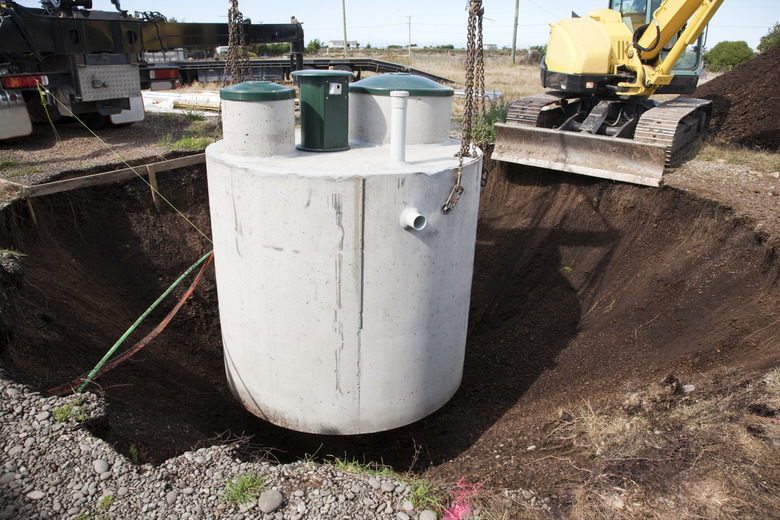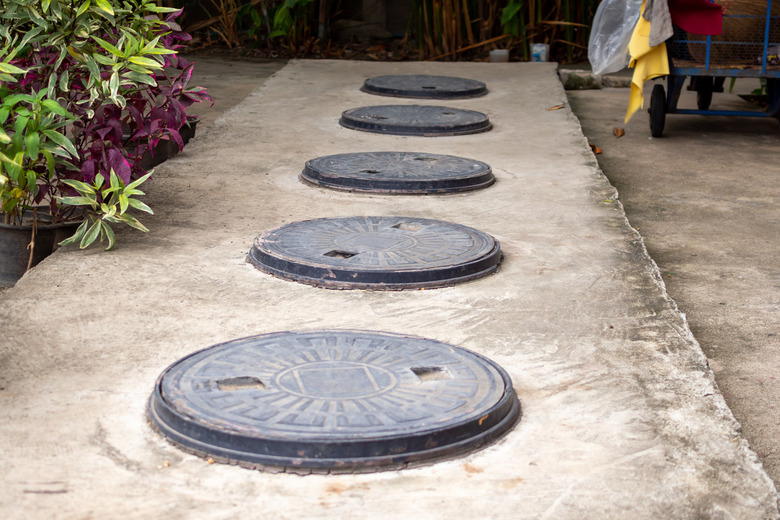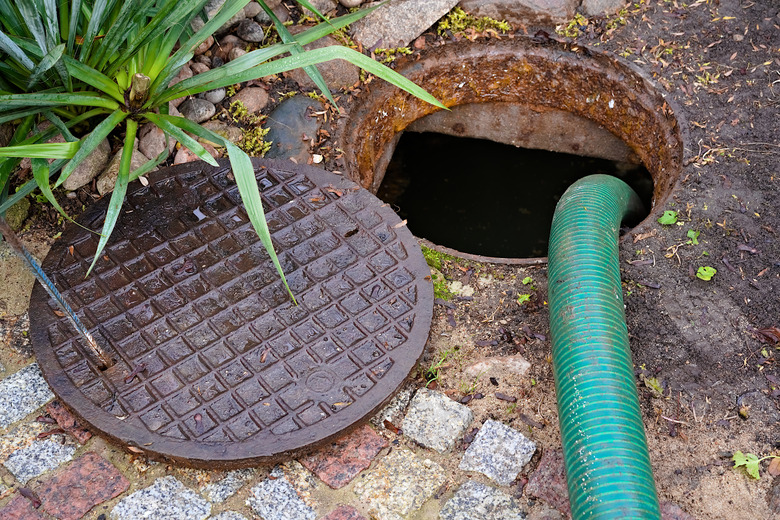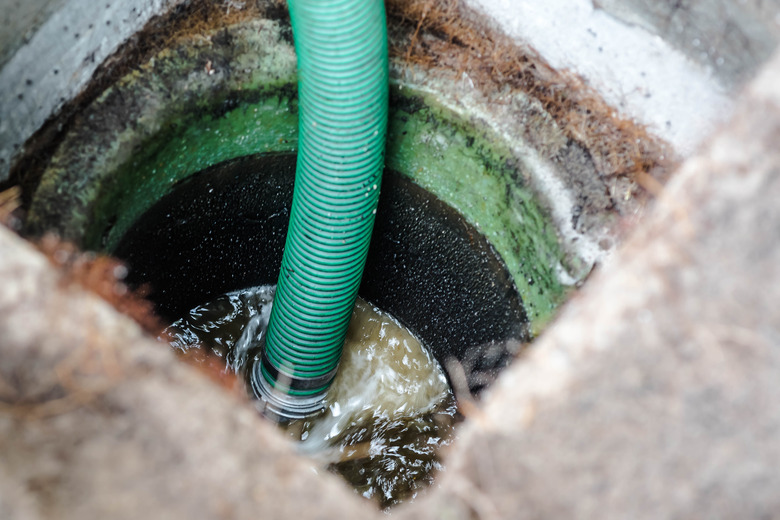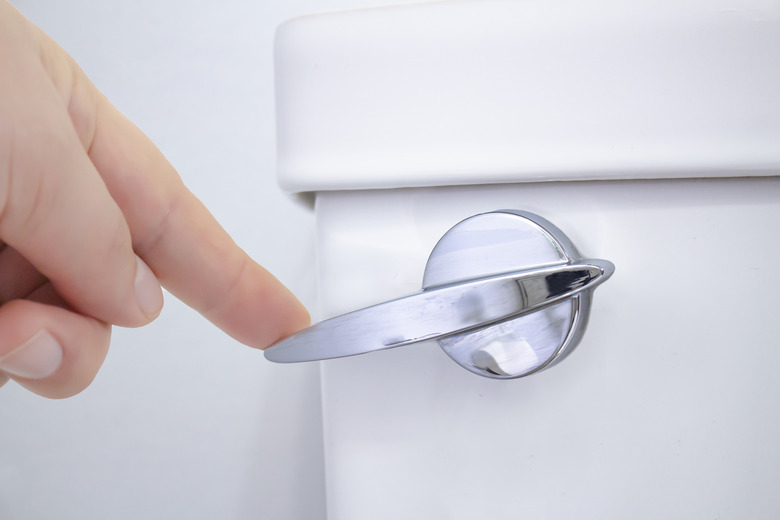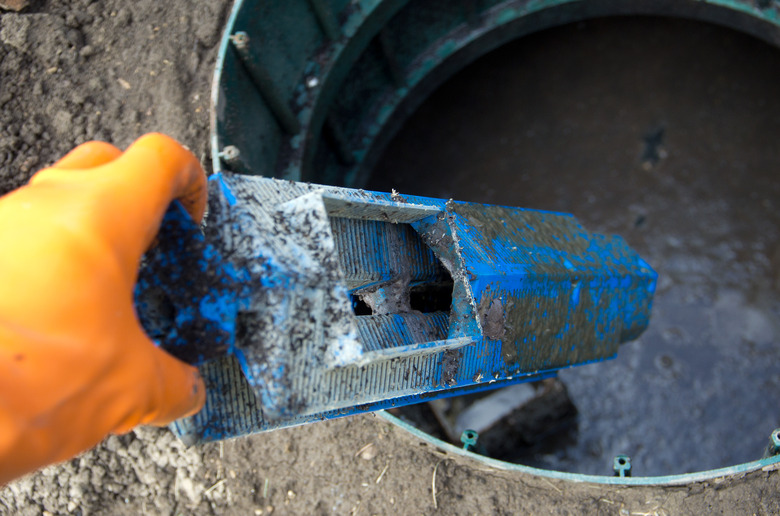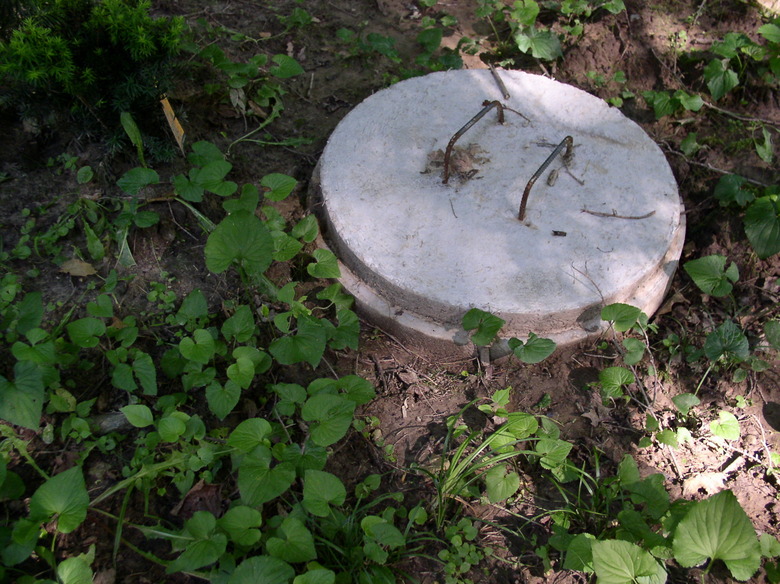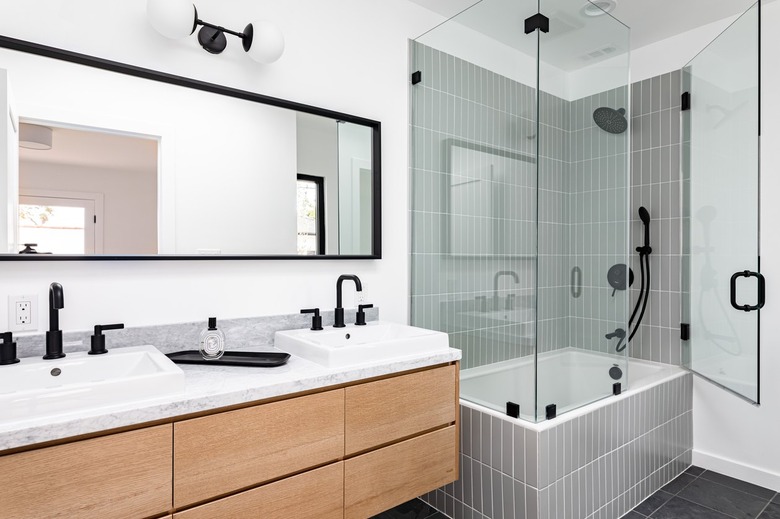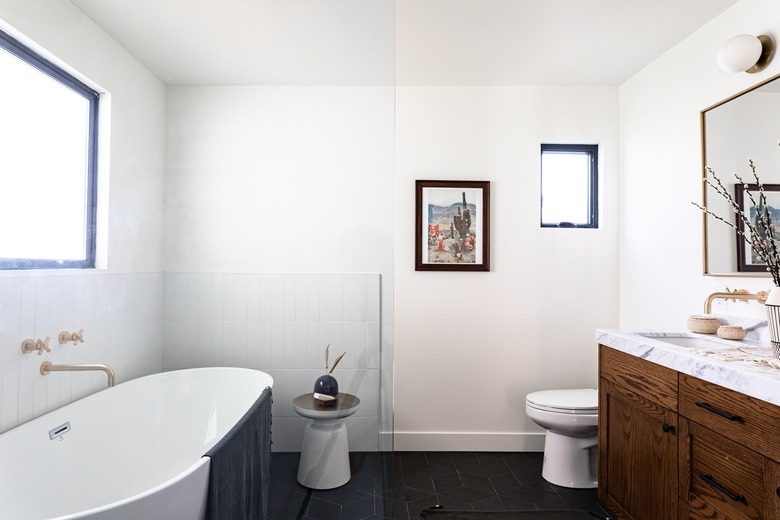The 10 Most Common Questions Homeowners Have About Septic Systems
We may receive a commission on purchases made from links.
If you're getting ready to live with a septic system for the first time, you probably have a lot of questions and maybe even a few concerns. We've all heard horror stories about septic systems failing spectacularly at the worst possible moment. Take heart because these stories about sewage backup are often greatly exaggerated and are almost always avoidable with proper septic system use, care, and maintenance.
Ready to learn how a septic system works? Here's everything you need to know.
1. How Does It Work?
1. How Does It Work?
If you've never had a septic system before, the effluent waste distribution process is probably new to you. As is true of public sewer systems, the first step to human waste removal is to feed all of your liquid wastewater into a pipe. But in a septic system (which are typically seen in rural areas), this pipe then runs to the septic tank buried in your yard rather than going to the water treatment plant.
Inside the tank, the water separates and sorts itself out. Solid waste settles to the bottom of the tank, while fats, oils, and grease move to the top of the tank and float there. The waste in the bottom tank is a breeding ground for anaerobic bacteria who set to work breaking down the organic matter.
As the waste in your tank settles out of it, the water drains into the drain field. The drain field is an area of gravel and soil that filters the water as it trickles down into the ground. Any bacteria left in the water should be minimal enough that the soil in the ground will filter it out before it moves on under the ground.
2. Where Do Solid Waste and Oil Ultimately Go?
2. Where Do Solid Waste and Oil Ultimately Go?
While the water in your tank moves into the drain field, screens and baffles (essentially walls of a septic tank) prevent solid waste and oils from making their way there. Instead, they stay in your septic tank. Inside the tank, live bacteria set to work on decomposing them.
Unfortunately, bacteria can only eat so much waste so quickly. Eventually, it will fall behind, and your tank will start to fill with solid and greasy waste. This is when it's time to have the septic tank pumped and the waste removed so you can start the septic process anew with an empty tank.
3. How Often Do I Need to Pump My Tank?
3. How Often Do I Need to Pump My Tank?
Assuming that your septic system is properly sized for your household and water usage, you should only need to pump it once every three to five years. Your system should have an inspection pipe that you or your septic serviceperson can use to peek into the tank. If you see a scum layer 6 inches or less from the top of the tank, have the system pumped. Do the same if you see the sludge or waste layer 12 inches or less from the tank top.
4. Can I Pump the Tank Myself?
4. Can I Pump the Tank Myself?
Technically, you can pump the tank yourself. With some hose and a powerful enough pump, you could theoretically drain the tank yourself, but it's an incredibly bad idea. For one, you're dealing with a potential contaminant. Your state or local municipality may forbid anyone who isn't licensed to do so from emptying the tank.
Even if you're in the clear legally, where are you going to put the sludge that comes out of your tank? Again, there may be legal considerations concerning what you can do with the waste you pump. You don't want puddles of sludge on your property, and your neighbors are likely to have quite a bit to say if you dump your waste too close to their property or well.
If you need your septic tank pumped, the best course of action is always to call a septic system service company. It can get the job done safely, legally, and without upsetting your neighbors. It also has the right equipment and know-how to pump your tank without damaging your septic system. Perhaps best of all, it will carry your septic sludge away for you so you never have to see it again.
5. What Can I Put in My Septic System?
5. What Can I Put in My Septic System?
A big part of keeping a septic system working well is to watch what you put down your drains. In the bathroom, the only acceptable things to flush are waste and toilet paper. That's it. Do not flush feminine hygiene products, cleansing wipes, diapers, or anything else, even if the packaging tells you that it's safe for flushing and septic systems.
If you have a garbage disposal, use it sparingly, keep the blades sharp, and be mindful of what you put down there (avoiding things like coffee grounds and potato peels). Disposals don't always shred things as finely as they should, and this can lead to a blockage and problems in your septic system. Avoid harsh cleansers and additives as well. Clean your sinks, toilet, and shower with natural cleansers rather than harsh chemicals that could damage your septic system. Never use harsh chemicals to clear a clogged drain either.
6. What Kind of Maintenance Must I Do?
6. What Kind of Maintenance Must I Do?
Maintenance of a septic system is kind of a good news/bad news situation. The good news is that there really aren't any septic tank maintenance tasks homeowners can perform. The bad news is that this fact eliminates your DIY options. You need to pay to have your system professionally inspected once a year and allow the inspection company to fix any problems it discovers.
You can do a few things to help yourself and keep your system in good working order, however. One way to keep things working well is to avoid driving or parking a car over your septic tank or drain field. The added weight can cause problems. Another is to exercise caution and plan ahead when landscaping. Trees and shrubs planted too close to the septic system can grow into the pipes or the tank and cause major issues.
7. How Long Does a Septic System Last?
7. How Long Does a Septic System Last?
A properly installed and maintained septic tank system can last 40 years. If you're considering purchasing a home with a fairly new system, the septic system may serve you for as long as you live in the house. If the home's septic system is nearing the end of its life, however, you'll want to understand the costs involved in replacing it.
A new drain field costs between $3,000 and $10,000 depending on its size. If you'll need a new tank as well, you can add $3,000 to $6,000 to the cost. A brand new system from top to bottom will run about $15,000 but could go higher.
Before you run screaming from an old septic system, however, consider using the old system as a bargaining tool. You may be able to get the house for less money because it needs a new septic system. If you do, you can put in the system yourself and know that it's brand new.
8. How Will I Know if I Have a Problem?
8. How Will I Know if I Have a Problem?
Most septic tank problems are anything but subtle, so you'll know if something goes wrong. One of the first signs of an impending problem is a gurgling noise in your drains. Another is slow drains. If your sinks drain slowly and your toilet seems to flush in slow motion, it's time to have your septic system checked for clogs and other issues.
If the grass above your tank suddenly pops up lush and green, you likely have a leak to fix. You may also have a problem if you start to notice a sewer smell wafting out of your drains. Of course, more unpleasant problems can and do happen. Sewage can back up in your house, and sludge might bubble up out of your drains. You may also notice standing water in your drain field.
Don't let these potential problems scare you away from a septic system, though. If you follow the recommendations and have your system inspected annually, you can fix small problems before they turn into a sewage puddle in your basement. No one can promise that you'll never experience an unpleasant problem with your septic system, but no one can promise you smooth sailing with city sewer pipes either.
9. What Does It Mean to Have an Alternative System?
9. What Does It Mean to Have an Alternative System?
When home shopping, a seller may tell you that there is an alternative septic system. An alternative system is used when conditions aren't favorable for a regular system. If the yard has heavy, slow-draining clay soil, for example, a contractor might install a mound system. This system literally builds mounds of sand and earth in the yard and then runs the water through the mound rather than a more traditional drain field.
Another alternative system uses a float and a pump to control how quickly the water enters the drain field. This controlled flow gives the drain field extra time to work in areas with heavy soil or higher water tables. A drip system accomplishes the same thing as a float and pump but uses narrow pipes to control the flow of the water and to disperse it over a wider area. There are a handful of other alternative systems as well.
Unfortunately, alternative septic systems cost more to install and require more frequent inspections and repairs than standard septic arrangements. The alternative system was most likely chosen out of necessity rather than personal preference, so don't count on replacing an alternative system with a traditional one after you move into a new house.
10. What Is a Reserve Drain Field?
10. What Is a Reserve Drain Field?
You may hear mention of a reserve drain field when talking about a septic system, particularly if it was installed after 1980. Required in many places, a reserve drain field is a secondary spot on a property that could serve as a drain field if necessary. If something happens to your primary drain field, such as an increase in the water table or an invasion of tree roots, you can construct a new drain field on the reserve area.
In areas where a reserve drain field is required, you must take care of it the same way you would your actual drain field. You can't park on it, drive on it, or build on it. You should also avoid planting on it or within 25 feet of it. You could find yourself in some legal trouble if you need to switch to your reserve drain field but can't because you built a shed on it or paved over it.
